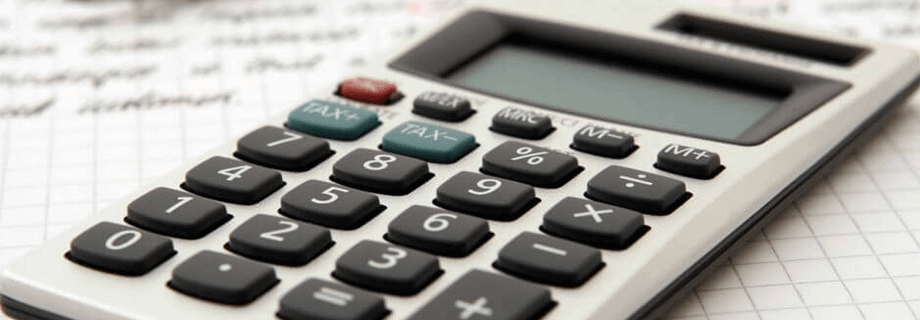Hidden Losses At An Extrusion Plant & How To Avoid Them: Part I

There can be many times where, as a manager, you find yourself looking at your revenues wondering why the numbers are not adding up as you had projected. Yet, even when they do, it is good practice to calculate how you can generate greater value and lower costs. Below, I will highlight common losses frequently missed and expenses to consider lowering. It is important to note that this is not a complete list of items that can be identified and it will continually evolve with technological advancements and social & situational changes.
A good place to start is appraising your major costs, raw material being one of them. About 50% of total pre-extruded moisture is flashed off during extrusion. I have been asked several times if there is any way to recover this moisture. However, I strongly advise against this because you drastically reduce the shelf life and quality of the finished product. (Water addition can introduce bacteria and fungi/mold) Finally, I would challenge any formulator – include my extruded soy in your ration and see what happens. What other, more expensive ingredients can now be reduced or removed?
On the other hand, instead of adding weight, you can save on costs in regards to moisture by setting a purchasing standard of 10% moisture content with your raw material suppliers. If a supplier tries to sell you beans with higher moisture than this then they should discount the price proportionally to the excess moisture.
The same logic applies to foreign matter, specifically stones. When you mill down stones with a hammer mill, they still damage and wear down your extruder and press parts. To avoid this, proper raw material cleaning is essential. Extruding stones will result in a profound cost to you in terms of wear parts longevity, finished product quality and best practices. In order to lower costs and save money, take a typical sample of each order delivered, establish the percentage quantity of foreign matter and discount this proportionally from the agreed upon price. Remember to include the cost of cleaning; particularly in instances where this has to be outsourced and more so where the same service was available to the raw material supplier at a fee. Also, the cost of cleaning equipment is recovered quickly in parts costs.
Pilferage is yet another concern. This is not only an issue that applies to our customers in frontier markets, but also in emerging and developed economies. The first step is to develop a clearly defined, drawn and recorded process map along with signed off and recorded accountability in the procurement chain. Who bought what, when, from who and brought in from where? Further, what was produced and where was it sold? Any movement of raw material and finished product must be recorded in a manner that ensures traceability to the initial source.
Also with pilferage, you will find that the weighbridge is a spot to watch. I have witnessed the delivery truck weight being added with something as simple as a spare tire or two during the first weighing and then reduced on the second weighing by taking them off during/after off-loading. Procurement would then unknowingly pay for the weight of that tire(s) at the price of raw material. This brings me to what we will be discussing in Part II of this blog, managing hidden losses by implementing proactive practices and ways to lower the cost of electricity.

